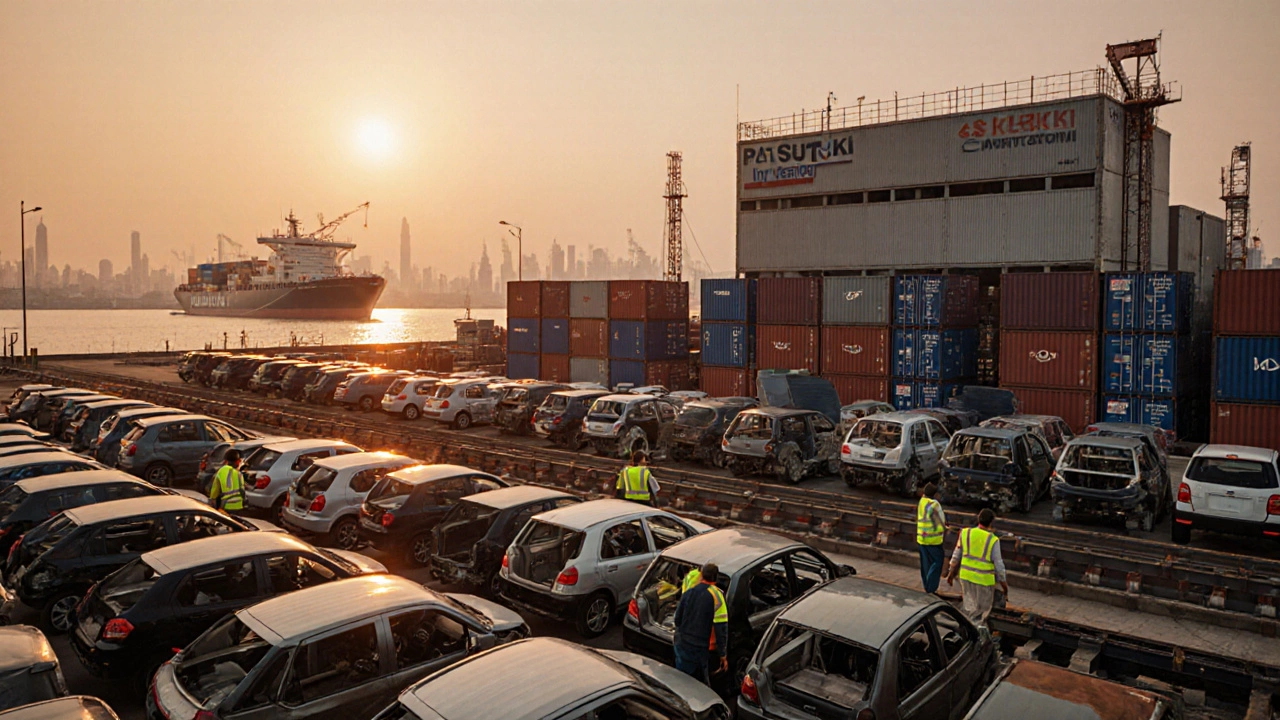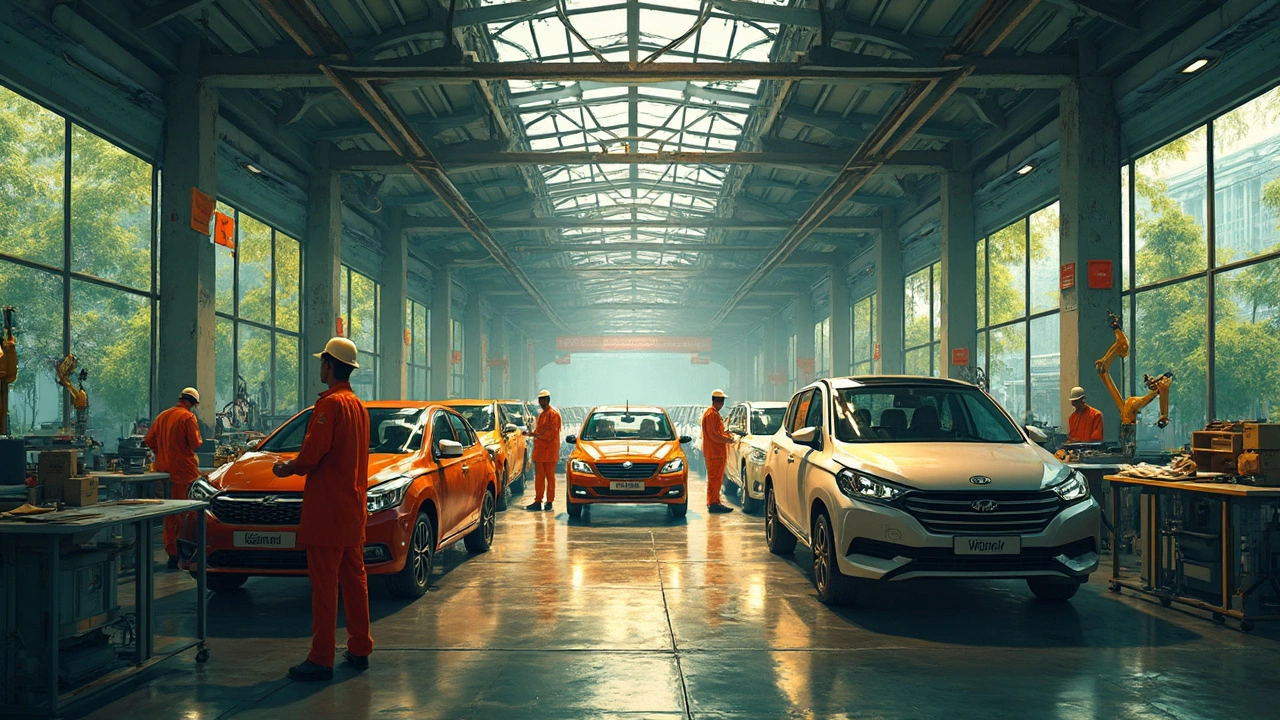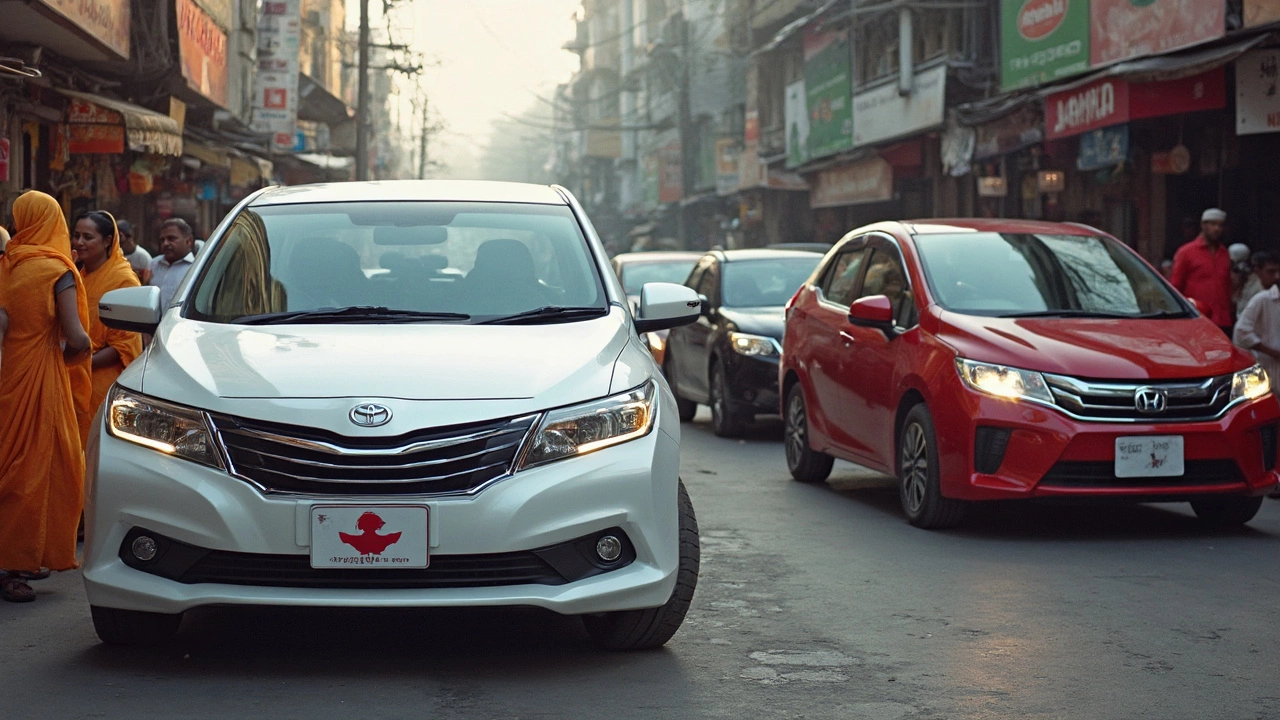Automobile Manufacturing in India – What You Need to Know
India’s auto sector is buzzing with activity. From big factories churning out thousands of cars each day to small firms tweaking electric drivetrains, the landscape is full of opportunities and challenges. Whether you’re a buyer, a business owner, or just curious about how cars are made here, this page gives you the basics you’ll actually use.
Why India is a Hot Spot for Auto Production
First off, labor costs are lower than in many Western countries, which makes it cheaper to assemble and even design vehicles locally. Add to that a huge domestic market of over 300 million potential drivers, and you’ve got a recipe that attracts foreign giants and homegrown brands alike. Companies like Toyota, Hyundai, and Tata have set up massive plants that not only serve India but also export to Asia, Africa and the Middle East.
Government policies also play a big role. The “Make in India” push offers tax breaks, easier land acquisition and faster clearances for manufacturers that commit to local production. This means more jobs, more technology transfer, and a faster push toward electric and hybrid models. The result? A growing share of cars on the road are now partially or fully built within the country.
But it’s not just about big players. Small and medium‑sized firms are finding niches in components, custom interiors and after‑market upgrades. Their flexibility lets them react quickly to trends like connectivity, safety features, and green fuel options. If you’re looking to partner with suppliers, you’ll find a vibrant ecosystem ready to collaborate.
Importing and Exporting: What You Need to Know
Thinking about bringing a car into India or exporting one out? The rules can feel confusing, but they break down into a few clear steps. For imports, you’ll face customs duty, an anti‑dumping surcharge and a GST charge that together can add 100 % or more to the base price. Documentation includes a bill of lading, purchase invoice and compliance certificates for emissions and safety.
Exporters, on the other hand, benefit from the 25‑year rule that lets older Indian‑made cars enter markets like the United States without meeting newer safety standards. Still, you’ll need to clear the destination country’s import paperwork, which often means providing a road‑worthiness certificate and proof of ownership.
If you’re a buyer, the practical tip is to compare the total landed cost—not just the sticker price. Shipping, insurance, port handling, and registration fees can quickly double the expense. Many Indian buyers find it cheaper to buy a locally assembled model that’s already tuned for Indian roads and fuel quality.
For businesses, the sweet spot is to focus on parts that have high demand abroad but low domestic competition. Think of brake systems, electric batteries, and lightweight chassis components. Companies that can certify their products to international standards often land contracts with overseas OEMs.
Overall, the Indian automobile manufacturing scene is a mix of massive scale, government support, and growing tech innovation. Whether you’re buying a car, planning an import, or looking to join the supply chain, the key is to stay informed about costs, regulations, and emerging trends like electric mobility. Keep checking back for fresh articles, detailed guides, and real‑world tips that help you navigate this fast‑moving industry.
Why Is the Indian Automobile Industry Falling Behind?
Indian automobile sales are dropping due to high prices, weak EV adoption, poor infrastructure, and outdated models. Why is the industry falling-and can it recover?
Read MorePakistan Car Manufacturing: Current Landscape and Future Prospects
An in‑depth look at Pakistan's car manufacturing scene, covering current plants, policies, challenges, and future growth prospects for the auto industry.
Read MoreWhich Country Has the Most Car Brands? - Global Auto Brand Count 2025
Discover which nation hosts the most car brands in 2025, see a detailed country‑by‑country breakdown, and learn why the US, China, Japan and Germany dominate the automotive brand landscape.
Read MoreWhy Toyota Stopped Operations in India - Key Reasons Behind the Exit
Explores why Toyota halted manufacturing in India, covering market slowdown, tax burdens, EV shift, and the Suzuki partnership, plus impacts on jobs and the auto sector.
Read MoreWho Makes Toyota Engines in India? Inside Toyota Kirloskar Motor’s Engine Plant
Discover who produces Toyota engines in India, the role of Toyota Kirloskar Motor, its joint‑venture structure, engine types, and future outlook.
Read MoreAre There Any Cars Made in Pakistan? Exploring Local Car Manufacturing
Explore the facts about car manufacturing in Pakistan—who makes cars there, how local the vehicles really are, and what the future holds for Pakistan's auto industry.
Read MoreIs Importing a Car to India Cheaper? Your 2025 Cost Guide
Thinking of importing a car to India? Get the facts on pricing, taxes, and the real costs involved before you decide. Anupam unpacks it for you.
Read MoreHow to Transfer Your Car from USA to India: Step-by-Step Guide
Curious about bringing your car from the US to India? Here’s a straight-talking guide on shipping, import rules, costs, and paperwork for making the move easy.
Read MoreCar Brands Made in India: Full List, Surprises, and What You Should Know
Ever wondered how many car brands are actually made in India? This article unpacks the real players in the Indian automobile scene, explaining which brands have plants on Indian soil and who's simply rebadging imports. You'll get a clear, updated list of major manufacturers, a reality check on popular misconceptions, and some handy insights for car buyers. Plus, discover lesser-known brands popping up in 2025. If you're after facts, straightforward answers, and smart buying tips, keep reading.
Read MoreWhich Car Is Fully Made in India? A Straightforward Look at Homegrown Automobiles
Trying to find a car that's fully made in India can be tougher than you think. This article breaks down which cars are truly built from scratch on Indian soil, which brands lead the pack, and why some models only seem Indian on the surface. You'll also learn how 'localization' works and how to spot if your next car is genuinely made here or just assembled. Get the facts you need before your next car hunt.
Read MoreTop Japanese Car Brands: Unveiling Their Impact on Indian Roads
Japanese car brands have significantly influenced the automobile market in India, offering reliability, innovation, and fuel efficiency. With popular brands like Toyota, Honda, and Nissan each bringing unique strengths, Japanese cars have carved a prominent place in the Indian market. They are known for their engineering precision, innovative designs, and environmentally friendly technology, making them a popular choice among Indian consumers. This article explores the top Japanese car brands, their notable qualities, and their growing impact on Indian roads.
Read MoreIndia's Priciest Car: The Pinnacle of Luxury
India's most expensive car is the epitome of luxury and performance, showcasing breathtaking design and unparalleled features. This article explores not only the price tag of this stunning vehicle but also the incredible craftsmanship and technology that justify its cost. Discover fascinating facts and expert tips on what makes this car stand out in the Indian market. This isn't just a car; it's a statement on wheels.
Read More















